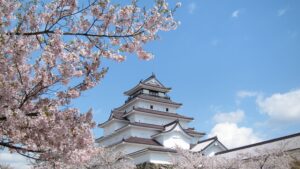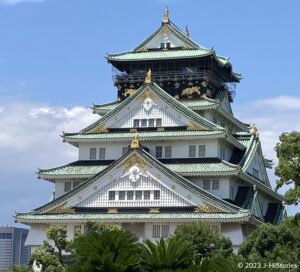Daisen Kofun, one of the world's three largest tombs of Emperor Nintoku along with King Khufu's Pyramid and Quing Emperor's Mausoleum
Identified as the mausoleum of the 16th Emperor Nintoku (4th - 5th century, 仁徳天皇), the Nintoku-Tenno-Ryo Tumulus is the largest keyhole-shaped tumulus in Japan, measuring approximately 486 meters in length and 249 meters in diameter for the burial mound, which has a three-tier structure. The tumulus is comparable in size to the Pyramid of Khufu in Egypt (which measures 230 meters in length and 140 meters in height). It was built in the 5th century in Sakai City, facing Osaka Bay. Why was such a giant Tumulus built? The purpose of constructing such a massive tumulus was to demonstrate the authority of the Yamato regime during the epoch-making period of the 5th century when it increased its power throughout western Japan. The Nintoku Tumulus was built to signify the Yamato regime's dominance and influence, especially during the turbulent situation of the Korean peninsula.
_169sakai-city-1024x576.jpg)
The Mozu and Furuichi Kofun Group - a World Heritage Site.
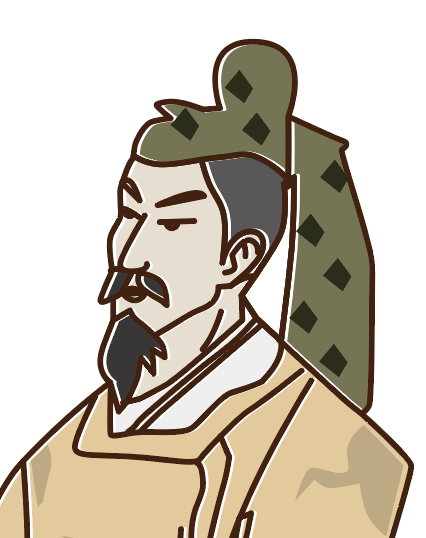
Sakai is a densely populated zone of kofun (tumulus), which includes three burial mounds over 200 meters in length. These mounds belong to Emperor Nintoku's father, the 15th Emperor Ojin's Gobyoyama Tumulus (203 meters), his son, the 17th Emperor Richu's Kamiishizu-Minzai Tumulus (365 meters), and his brother, the 18th Emperor Hanzei's Tumulus (290 meters). We don’t know exactly when, but nearly 2700 years ago, the first mythical Emperor Jinmu (神武天皇) established his new kingdom at Kashihara province in Nara prefecture, as recorded in the Nihon Shoki and the Kojiki (Records of Ancient Matters, the oldest book in existence). Since then, the Yamato regime has steadily expanded its political power from one generation to another. It is believed that their power grew so great that they built enormous burial mounds to proclaim their status as the great king of kings who ruled the nation.
The total number of people involved in the construction of the burial mounds is said to be approximately 6.8 million. If 2,000 people worked per day on peak days, the construction period is estimated to have taken more than 15 years and 8 months (Reference: Obayashi Corporation Project Team, "Royal Mausoleum," Obayashi Quarterly, No. 20, 1985).
Established Naniwa Port Town as a Significant National Project
Naniwa is located east of Osaka Bay joining the Seto Inland Sea as a strategically important point for traffic since ancient times. Emperor Nintoku's residence, Takatsu Imperial Palace was located on the edge of the Uemachi Plateau looking down Osaka Bay. He made Osaka a port city through a large national project. First, he dug out a canal between Osaka Bay and Kawachi Lagoon (Naniwa no Horie) to prevent the flooding of Kawachi Lagoon. Secondly, he built a port in Naniwa (Naniwatsu) and constructed massive warehouses to improve its function as a port city. Thirdly, he built a 20-kilometer-long dike (Manda-tsutsumi) to stabilize the flow of the Yodo River, with the aim of developing agricultural land to provide enough food for the people. Three years later, Emperor Nintoku is said to have been satisfied when he saw the smoke rising from the roofs of houses for meals. The realization of these grand-scale developments is attributed to the remarkable civil engineering prowess of the Hata clan, a group of skilled individuals who migrated to Japan from the Qin dynasty via Baekje around the 4th century. They laid the foundation for the Yodo River, a first-class river, that runs from the modern-day Osaka Plain into Osaka Bay.
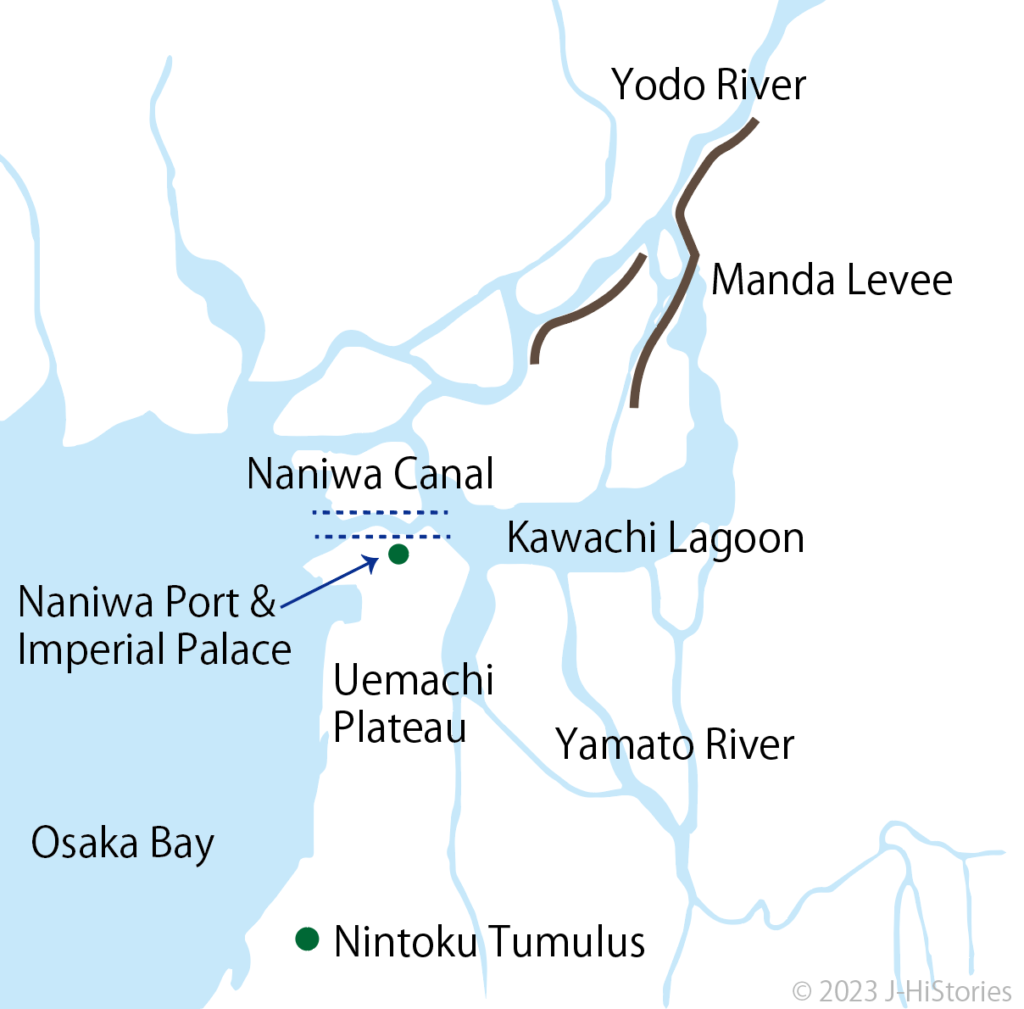
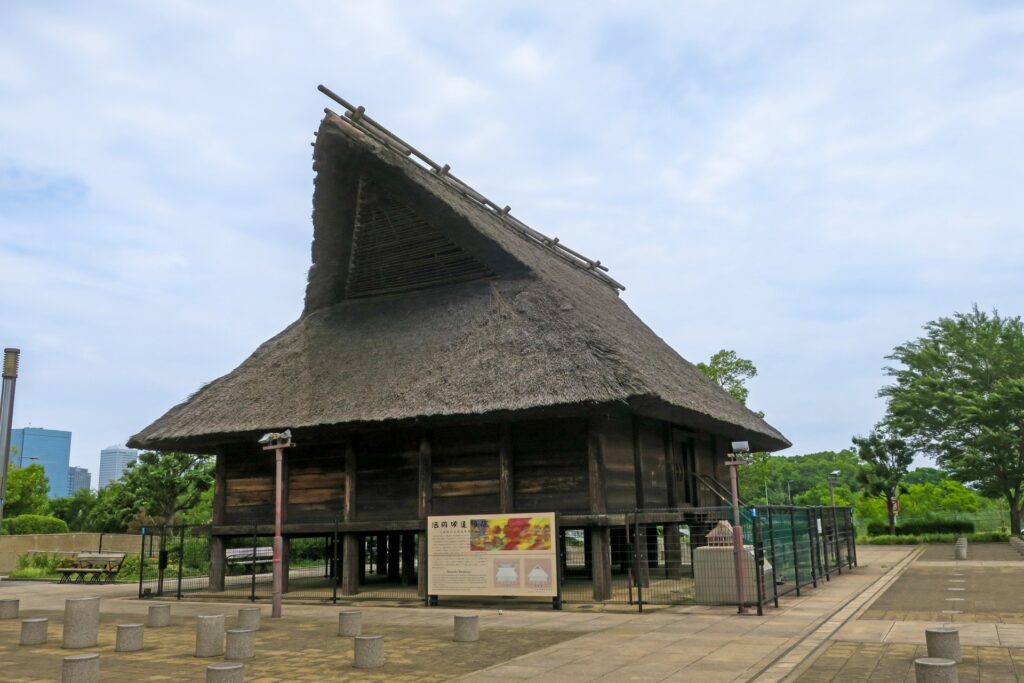
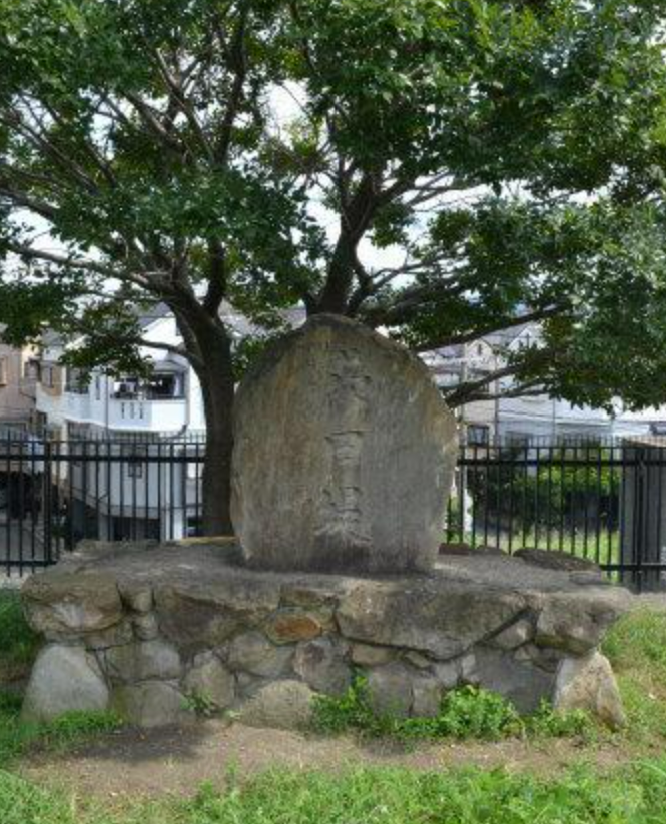
(協力:寝屋川市)
Expressed the Existence of a Strong Nation
The Mozu and Furuichi tumuli are enormous, and it is said that Japan needed to demonstrate the existence of a powerful state during the tense situation in East Asia from the 4th to the 6th century. In the Korean peninsula, Baekje fought repeatedly against Goguryeo, which was expanding its territory southward. In 369, Baekje offered the seven-pronged sword to Japan in exchange for military assistance. However, the capital of Baekje fell in 475, and many refugees fled to Japan, bringing with them irrigation and construction skills that contributed to Emperor Nintoku's national state project.
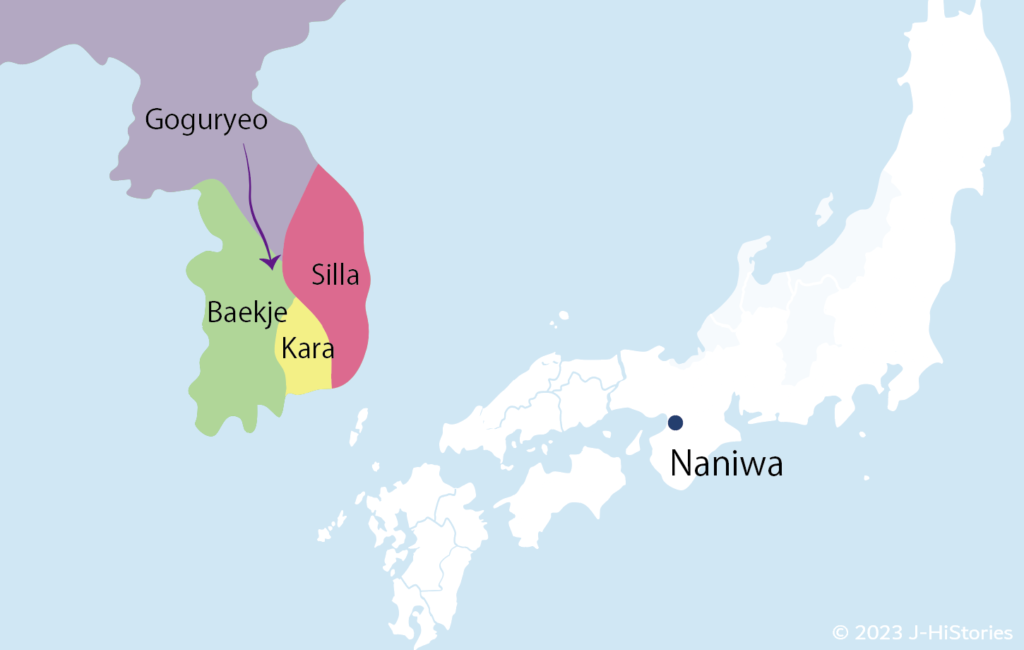
The Enormous Kofun Group was Essential During the Turbulent Age of the Korean Peninsula
At that time, Japan imported iron resources from the southern Korean peninsula. Emperor Nintoku and his father and brothers must have been the great emperors who ruled over iron, as a large number of iron weapons and farming implements were buried in their tombs. Therefore, they were caught in the whirlwind of upheaval that began with Goguryeo's policy of expanding southward and had to deal with the turbulent situation on the peninsula. The giant burial mounds expressed the authority and power of the emperors. Please enjoy visiting the Mozu-Furuichi Kofun Group with two walking maps, contemplating the great national project led by Emperor Nintoku to make the nation and its people prosperous. He laid the foundation for Naniwa (now Osaka) to become the economic center of Japan to this day.
As the sequel, after the reign of Emperor Nitoku in the 6th century, Goguryeo's power declined due to a struggle for succession to the throne, while Baekje and Silla regained their power. Baekje then began to fight fiercely against Silla and asked Japan for military help, and the king of Baekje presented a golden Buddha statue to Japan. Faced with the Korean peninsula's rapidly changing situation and the Sui dynasty's foundation in China in 581, Japan gradually evolved from a loose collection of local powers into a single state under a great king (emperor). As a result, burial mounds were no longer built.

